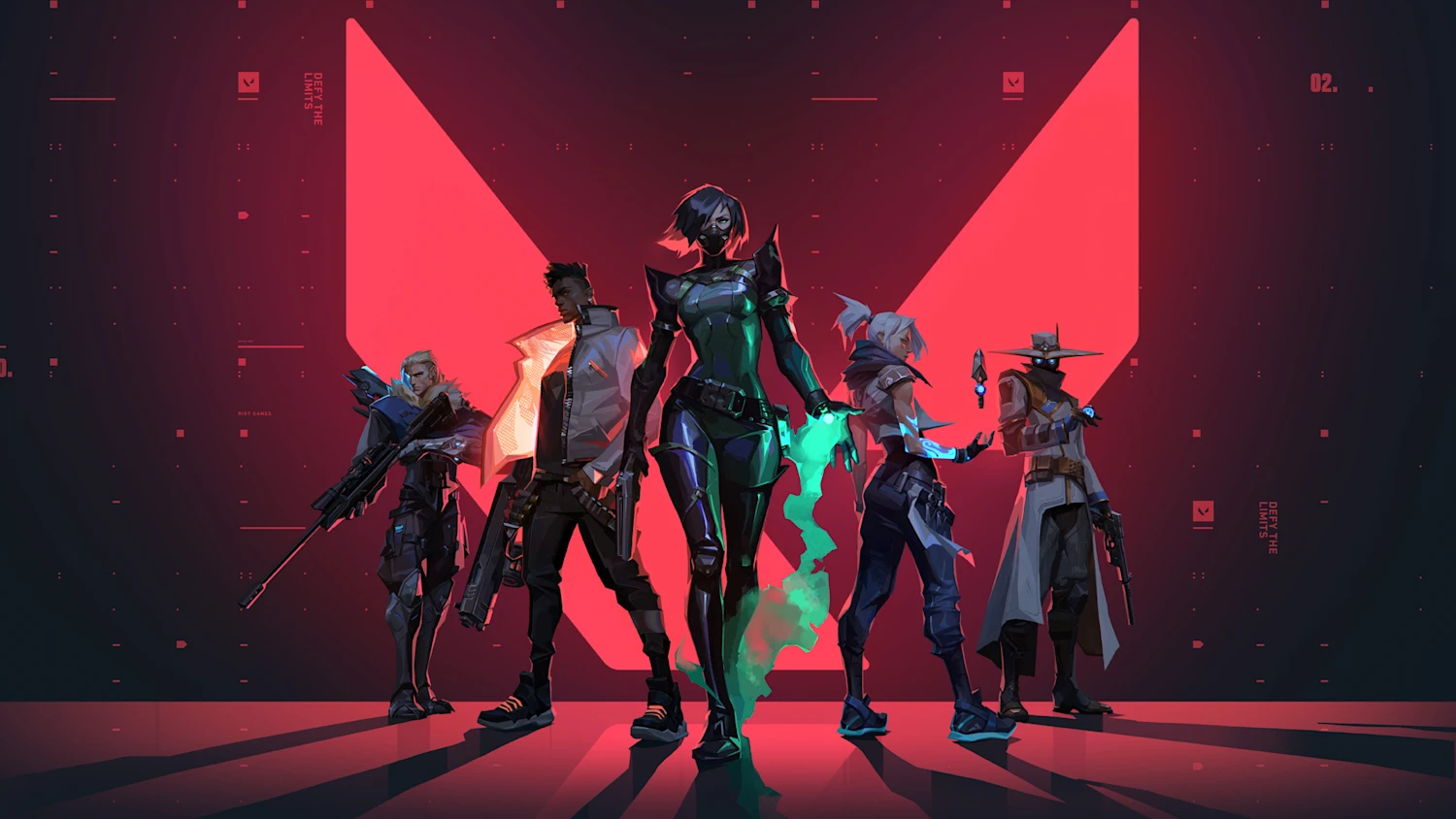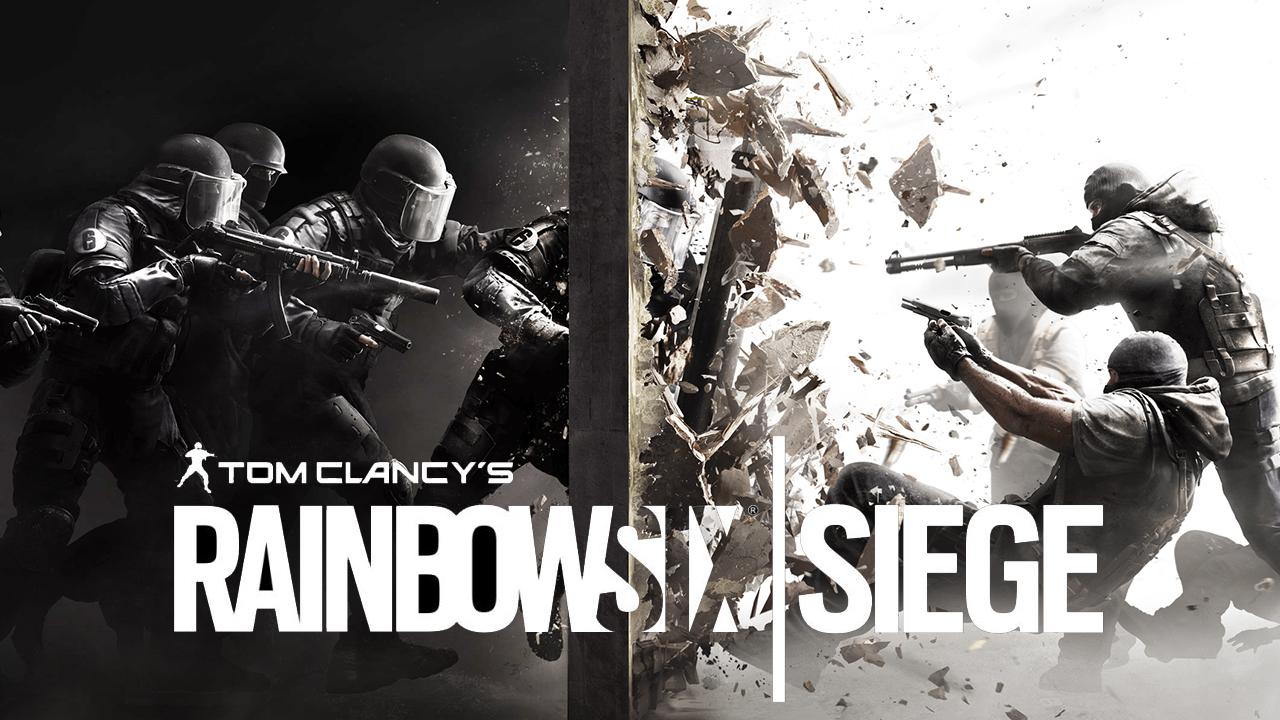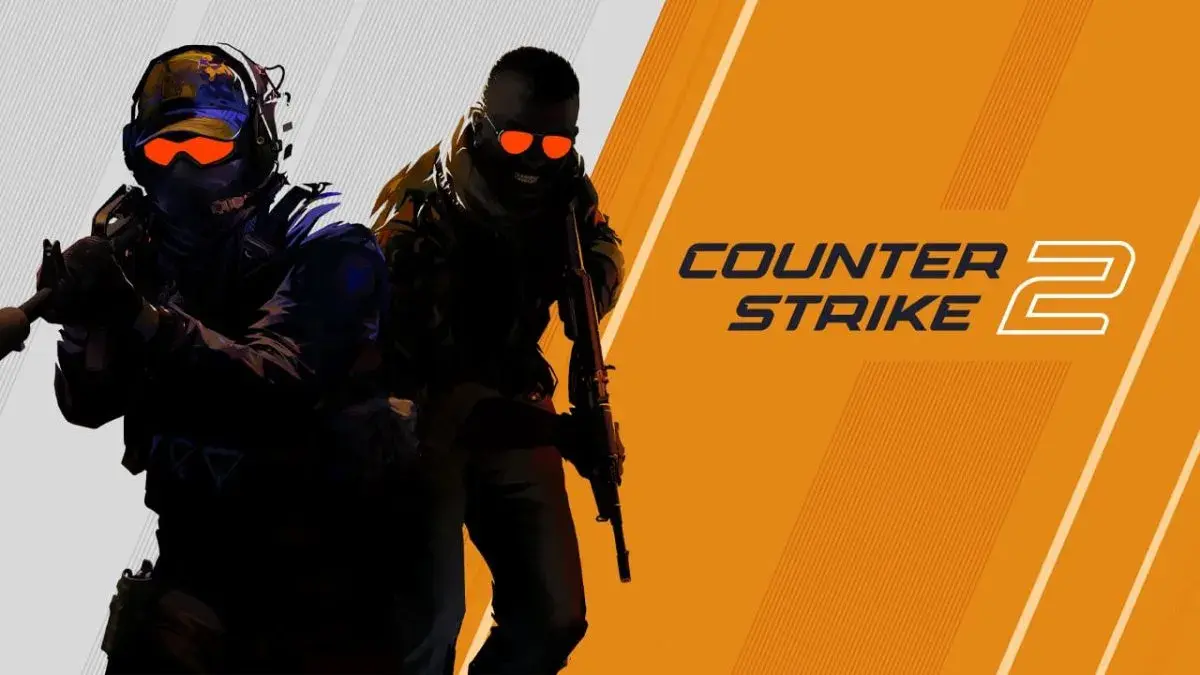Solo queue in Valorant is a gamble. One match you're matched with communicative teammates who trade kills and execute coordinated strategies. The next, you're stuck with instalock duelists who mute comms and bait the entire team. If you're tired of this inconsistency and ready to build a reliable squad, you're not alone.
The progression from solo queue to a coordinated 5-stack isn't just about finding four other players – it's about developing team chemistry, establishing communication patterns, and creating a shared competitive vision. This guide will show you exactly how to navigate this journey, from your first duo partner to a full competitive roster.
Introduction
Making the transition from solo queue to 5-stack is one of the most rewarding experiences in competitive Valorant. According to data from Riot Games, players who regularly queue with a consistent team climb an average of 2-3 ranks higher than their solo queue peak and report 67% higher satisfaction with their competitive experience.
But here's the challenge: most players approach team building backwards. They try to assemble a full 5-stack immediately, force incompatible players together, and wonder why the team falls apart after a few bad sessions. The reality is that successful teams are built gradually, starting with strong duo chemistry and expanding methodically.
In this guide, we'll break down the proven path from solo queue to 5-stack success, covering each stage of team progression, how to identify compatible teammates, practice routines that actually work, and the communication evolution that separates good teams from great ones. While finding compatible teammates can be challenging, platforms like Jynx make it easier with swipe-based discovery and compatibility scoring that considers playstyle, communication preferences, and competitive goals.
Stage 1: Finding Your First Duo Partner
The foundation of every successful 5-stack starts with a solid duo partnership. This is the most critical relationship in your team-building journey because it sets the template for all future additions.
What Makes a Good Duo Partner
Your ideal first duo partner isn't necessarily the highest-ranked player you know. Instead, look for these qualities:
Complementary playstyles: If you're an aggressive entry fragger, a support player or sentinel main creates better synergy than another duelist. Your strengths should cover each other's weaknesses.
Communication compatibility: Pay attention to how they communicate during games. Do they make clear callouts? Stay positive after lost rounds? Provide constructive feedback without being toxic? Communication patterns established in your duo will become your team's baseline.
Schedule alignment: The #1 reason duos fail isn't lack of skill – it's inconsistent availability. Find someone who plays during your regular hours and can commit to consistent sessions.
Shared competitive goals: A player grinding for Radiant and someone casually playing for fun will create friction. Align on your competitive ambitions from day one.
Where to Find Duo Partners
Traditional LFG (Looking for Group) channels on Discord are notoriously inefficient – you're essentially rolling the dice on compatibility. More effective approaches include:
- In-game scouting: After particularly good matches, add players who communicated well and made smart plays. Message them about queuing together.
- Community servers: Join Valorant communities focused on your rank range and playstyle preferences.
- Smart matchmaking: Platforms like Jynx use verified rank data from Riot's API and let you swipe through potential teammates, filtering by communication style, agent preferences, and schedule—eliminating the guesswork.
Testing Duo Compatibility
Don't commit immediately. Test compatibility through:
- Unrated warm-ups: Start with casual games to assess communication style without rank pressure
- 3-5 ranked games: Enough to see how they handle wins, losses, and tilt
- Post-game discussions: Do they analyze rounds constructively or blame others?
- Schedule test: Can you actually play together consistently for 2-3 weeks?
If compatibility feels forced after 5-7 games, respectfully move on. A mediocre duo partnership will only become a worse 5-stack.
Stage 2: Expanding to Trio Queue
Once you've established solid duo chemistry (usually after 20-30 games together), it's time to add a third. This transition is more significant than it seems – trio dynamics fundamentally change team communication.
The Third Player Profile
Your third addition should complement your existing duo's strengths and fill obvious gaps:
Role coverage: If you and your duo partner main duelist and controller, prioritize finding a reliable sentinel or initiator. Balanced role coverage becomes crucial as you expand.
Personality balance: If your duo is both high-energy and vocal, consider a calmer third player. If you're both quiet, add someone comfortable IGLing.
Tilt resistance: Watch how potential thirds handle adversity. One toxic player can destroy a trio's mental before you reach 5-stack.
Trio Communication Evolution
Moving from duo to trio requires communication adjustments:
Information hierarchy: With three voices, establish who makes mid-round calls. Typically, the player with best game sense or most experience becomes primary caller.
Callout efficiency: Three players generating information means you need tighter callout discipline. Practice concise comms: "Two A main, pushing" beats "I think there might be like two or maybe three people in A main and they're walking up."
Trade assignments: Define who trades with whom. In duo queue, trading is automatic. With three, you need clarity: "I'm entering A with player X, player Y holds flank."
This is where smart matchmaking platforms help—by analyzing communication patterns, role preferences, and personality compatibility upfront, they can suggest third players who'll mesh with your existing duo without hours of trial and error.
Stage 3: Building Your Core Four
The jump from trio to four players is where many aspiring 5-stacks plateau. With four players, you're essentially committed to team play – solo queue becomes rare, and coordination expectations increase significantly.
Identifying the Right Fourth
Your fourth player should be someone who:
Fills critical role gaps: By four players, you should have all major roles covered (entry, controller, sentinel, initiator). Your fourth might be a flex player who can fill multiple roles depending on map and composition.
Elevates your weakest area: Honest assessment time. Is your trio struggling with post-plant discipline? Retake coordination? Mid-round adaptation? Find a fourth who's strong in your weak area.
Matches competitive commitment: At four players, casual "we'll play when we feel like it" doesn't work. Your fourth needs to commit to regular practice schedules.
Establishing Team Practice Routines
This is the stage where practice becomes non-negotiable. Successful four-stacks implement:
Scheduled practice sessions: 2-3 dedicated sessions per week, separate from regular ranked queue. Focus on:
- Agent synergies and set executes
- Retake scenarios in custom games
- Post-plant positioning
- Economic decision-making
Role flexibility training: Each player should have 2-3 agents they're comfortable on. Practice role swaps for map-specific needs.
VOD review culture: Watch one game together weekly. Focus on team decisions, not individual mistakes. Ask "What could we have done differently?" not "Who messed up?"
Warm-up consistency: Before ranked sessions, run standardized warm-ups together: aim training, utility lineups, strategy review.
Managing Four-Stack Dynamics
Four players creates interesting social dynamics:
The captain question: Someone needs to be the organizational leader – scheduling sessions, moderating discussions, making tough roster decisions. This doesn't have to be the IGL, but you need a designated team manager.
Conflict resolution protocols: With four voices, disagreements are inevitable. Establish ground rules: no blame during games, constructive feedback only, majority vote on strategic disagreements.
Commitment accountability: Create a shared calendar. If someone can't make scheduled sessions repeatedly, address it directly. Resentment from flaky teammates kills teams.
Stage 4: Completing Your 5-Stack
You're ready for the fifth player when your four-stack has:
- Played 30+ games together
- Established clear communication protocols
- Defined roles for every map
- Developed at least 2-3 set strategies per map
- Maintained consistent practice schedule for 4+ weeks
The Fifth Player Criteria
Your final addition is crucial because a 5-stack is much harder to change than a duo. Prioritize:
Cultural fit above skill: A slightly lower-ranked player who meshes perfectly with your team culture will outperform a high-rank toxic player every time.
Ultimate willingness: At five players, your fifth should fill the last role gap and be willing to play "glue guy" agents that enable star players.
Long-term commitment: Be explicit about expectations. Are you grinding ranked? Competing in tournaments? Playing casually? Ensure alignment.
Trial period structure: Play 10-15 games before making it official. Mix in scrims, ranked, and practice to see performance across contexts.
5-Stack Practice Structure
Full five-player teams require elevated practice standards:
Map-specific practice (60 minutes per map):
- Default setups and rotations
- 3-5 set executes per map side
- Retake coordination
- Post-plant positions
- Anti-strat common defensive setups
Communication drills:
- Practice fast-paced information relay
- Clutch silence protocols
- Economic communication
- Mid-round adaptation calls
Scrim scheduling: Find other organized 5-stacks for scrims. Ranked teaches bad habits; scrims against organized opponents accelerate improvement.
Ready to find your perfect gaming squad? Jynx uses swipe-based discovery to help you quickly find compatible teammates who share your competitive goals and practice commitment. With verified ranks through Riot's API and compatibility scoring, you can build from duo to 5-stack with players who actually fit.
Developing Championship-Level Team Chemistry
Team chemistry isn't luck – it's deliberately cultivated through specific practices and mindsets.
Communication Evolution Stages
Your team's communication should evolve through these phases:
Phase 1 - Basic Callouts (Weeks 1-3):
- Enemy locations and numbers
- Agent abilities used
- HP status
- Simple strategy calls
Phase 2 - Strategic Information (Weeks 4-8):
- Reading enemy tendencies
- Adaptation suggestions
- Economic implications
- Rotation timing
Phase 3 - Intuitive Coordination (Weeks 9+):
- Minimal callouts needed
- Implicit understanding of team positioning
- Predictive reads on teammate intentions
- Synchronized util usage without explicit coordination
Most teams never reach Phase 3 because they skip foundational communication work.
Building Trust and Accountability
Chemistry requires trust, which comes from:
Consistent reliability: Show up on time, prepared, with positive energy. Trust is built through repeated reliability.
Owning mistakes publicly: When you mess up, acknowledge it immediately. "My bad, I overextended" prevents blame culture.
Celebrating teammate success: Hype each other's plays. Teams that celebrate together stay together.
Honest performance conversations: If someone's underperforming, address it privately and constructively. Ignored issues become resentment.
Managing Team Adversity
Every team faces adversity. How you handle it determines success:
Losing streak protocols: After 2 losses, take a 15-minute break. After 3, switch to unrated or end session. Forcing through tilt destroys chemistry.
Individual slump support: When a teammate's struggling, reduce their pressure. Move them to a different role temporarily, focus practice on their weaknesses, maintain encouragement.
External life pressures: Create space for real-life issues. School, work, relationships – life happens. Supportive teams retain players long-term.
Common 5-Stack Progression Mistakes
Avoid these pitfalls that destroy teams:
Rushing the Process
Mistake: Assembling a 5-stack immediately from random players.
Why it fails: No foundation of trust, incompatible playstyles, communication chaos.
Solution: Build gradually. Duo → Trio → Four → Five over 2-3 months minimum.
Ignoring Personality Fit
Mistake: Prioritizing rank over compatibility.
Why it fails: Skill gaps close with practice; personality conflicts only worsen.
Solution: Value communication style, tilt resistance, and competitive mindset as much as mechanical skill.
Neglecting Practice Structure
Mistake: Only playing ranked together without dedicated practice.
Why it fails: You reinforce mistakes rather than fixing them.
Solution: 40% ranked, 30% scrims, 30% structured practice is the ideal split for improvement.
No Role Flexibility
Mistake: Players refusing to flex roles or agents.
Why it fails: Map-specific needs and meta shifts require adaptation.
Solution: Every player should master 3+ agents across at least 2 roles.
Poor Conflict Management
Mistake: Letting frustration simmer unaddressed or exploding publicly.
Why it fails: Resentment builds until team implodes.
Solution: Address issues promptly in private, establish team conflict protocols before problems arise.
How Jynx Accelerates Team Building
Traditional team building is inefficient—you meet random players, test compatibility through trial and error, and hope personalities mesh. Modern solutions are changing this.
Jynx solves the core team-building challenge by:
Swipe-Based Discovery: Like dating apps for gamers, quickly browse potential teammates and see if you're compatible. No more posting in LFG channels hoping for responses.
Verified Skill Matching: Integration with Riot's API means no rank liars—you see actual verified ranks and agent stats before connecting.
Progressive Team Building: The platform understands you're building gradually, helping you find duo partners first, then expand to trio and beyond with compatible players.
Compatibility Scoring: The platform analyzes communication style, playstyle preferences, schedule availability, and agent pools to suggest teammates who complement your approach.
Schedule Matching: Time zone and availability filters mean you find teammates who can actually play when you're online, not just theoretically compatible.
Community Scrim Finding: Once your 5-stack is established, connect with other organized teams for quality practice opponents.
The platform takes the guesswork out of "Will this person fit?" by surfacing compatibility factors most players overlook until it's too late.
Conclusion
The journey from solo queue to 5-stack is a marathon, not a sprint. Rushing the process leads to dysfunctional teams that fall apart after a few bad sessions. Building gradually – establishing solid duo chemistry, carefully expanding to trio and four-stack, and only completing your five when the foundation is solid – creates teams that last.
Focus on compatibility over raw skill, establish communication protocols early, implement structured practice, and cultivate team chemistry through consistent reliability and positive culture. The best teams aren't necessarily the five most skilled individual players – they're five compatible players who trust each other and communicate seamlessly.
Most importantly, remember that even professional teams went through this exact progression. Nobody assembles a championship roster overnight. Commit to the process, be patient with growth, and celebrate small victories along the way.
Download Jynx today and find the perfect Valorant teammates in minutes through quick swipe-based discovery. Match with players who share not just your rank, but your playstyle, schedule, communication style, and competitive mindset—all verified through official Riot APIs. Start your journey from solo queue to 5-stack success the smart way.
Frequently Asked Questions
Q: How long does it typically take to build a functional 5-stack from solo queue? A: Most successful 5-stacks take 2-4 months to build properly. Rushing the process leads to team instability. Expect 3-4 weeks establishing duo chemistry, 3-4 weeks testing trio dynamics, then another 4-6 weeks building to five players.
Q: Should I prioritize higher-ranked players or better chemistry when building my team? A: Chemistry always beats raw skill for team success. A coordinated team of Gold players will consistently beat five uncoordinated Diamond players. You can improve skill together; you can't fix fundamental personality incompatibility.
Q: What's the ideal rank spread for a 5-stack? A: Keep your team within 2-3 ranks of each other (e.g., Silver 3 to Gold 2). Larger gaps create matchmaking issues and skill-based resentment. The exception is if you're explicitly coaching lower-ranked friends.
Q: How often should a serious 5-stack practice together? A: Minimum 3 sessions per week: 2 dedicated practice sessions (1-2 hours each) and 1 ranked session. Competitive teams aiming for tournaments should practice 5-6 times weekly.
Q: What if my 5-stack starts losing a lot after initially doing well? A: This is normal and usually indicates you've hit a skill ceiling. Review VODs to identify systematic weaknesses, temporarily drop back to 4-stack or trio to work on specific skills, and consider whether you need to adjust roles or strategies. Losing streaks reveal problems that winning streaks hide.




